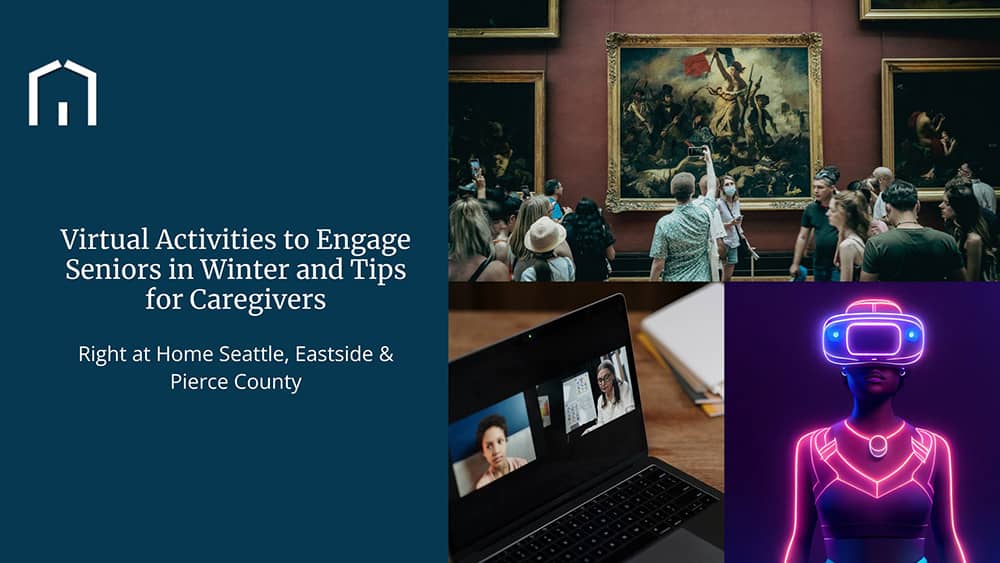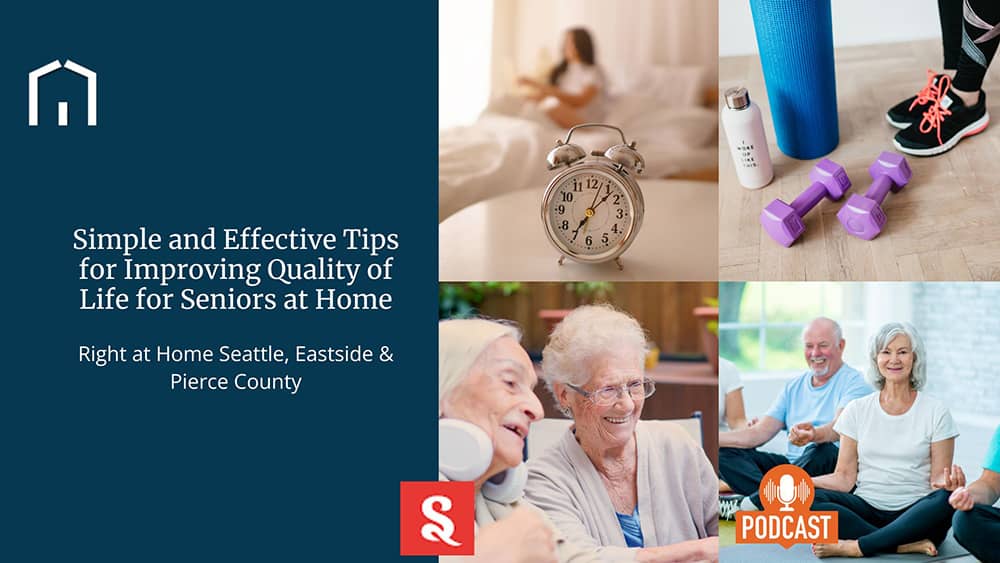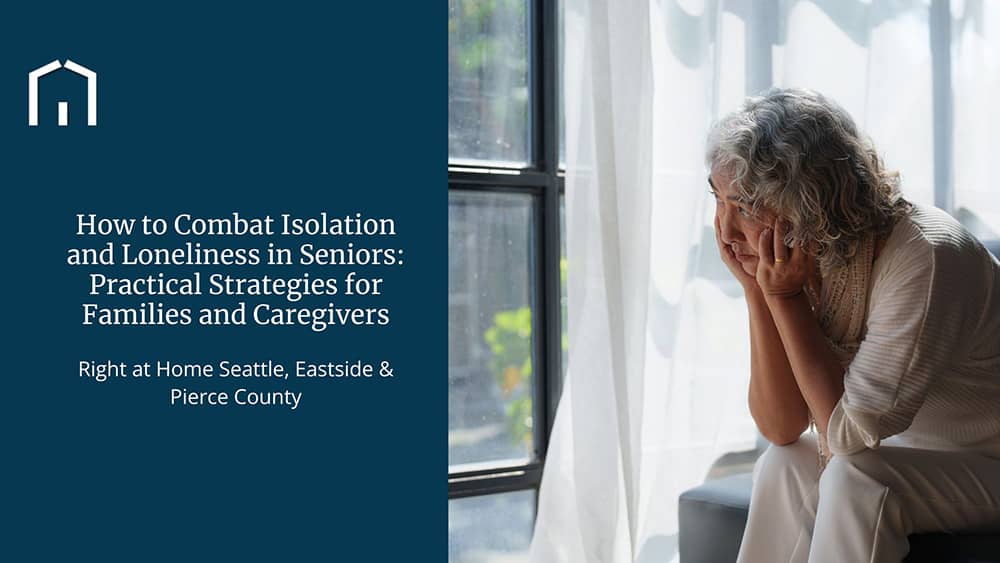

How to Combat Isolation and Loneliness in Seniors
Practical Strategies for Families and Caregivers
Isolation and loneliness are some of the most significant challenges faced by seniors, impacting both their emotional and physical health. Studies over the past two decades have consistently shown a connection between social isolation and increased risks of heart disease, cognitive decline, depression, and even premature death.Combatting isolation requires proactive strategies and a commitment to creating meaningful connections as a community. Here are practical steps families, caregivers and the general public can take to support seniors:
Recognize the Signs of Isolation
Identifying when a senior is experiencing loneliness is the first step. Some common signs include:
• Loss of interest in hobbies or social activities.
• Neglecting personal hygiene and grooming.
• Increased anxiety, irritability, or sadness.
• Withdrawal from family and friends.
Being observant and recognizing these changes early can help caregivers take action before isolation worsens.
Encourage Regular Social Interaction
One of the most effective ways to reduce loneliness is by encouraging consistent social engagement. Here’s how to foster connection:
• Frequent Family Visits: Make a schedule for regular in-person visits, even if they are short. If distance is a factor, use video calls to stay connected.
• Community Involvement: Many community centers offer senior-focused events and classes, from exercise groups to art workshops.
• Senior Companionship Programs: Volunteer or professional companionship services can provide regular social interactions for seniors living alone.
Leverage Technology for Connection
Technology can bridge the gap when in-person interaction isn’t possible:
• Social Media and Messaging Apps: Help seniors use platforms like Facebook or WhatsApp to stay in touch with family and friends.
• Video Chat Tools: Apps like Zoom or FaceTime provide a way to see and talk with loved ones regularly.
• Senior-Friendly Tech Devices: Products specifically designed for older adults can make technology easier to use.
Create a Routine of Engaging Activities
Keeping seniors mentally and physically active can alleviate feelings of isolation:
1. Daily Walks or Light Exercise: Physical activity improves mood and health.
2. Hobbies and Crafts: Encourage painting, puzzles, knitting, or other creative outlets.
3. Book Clubs or Story Sharing: Reading and storytelling can stimulate the mind and encourage conversation.
Promote Pet Companionship
Animals offer comfort and companionship:
Pet Ownership: For those who can care for a pet, dogs or cats provide constant company.
Pet Therapy Programs: Visiting therapy animals offer joy without the long-term responsibility of ownership.
Professional and Community Resources
Many organizations offer resources to help reduce isolation:
Local Senior Centers: Check for classes, events, or social gatherings.
Faith-Based Groups: Religious organizations often provide support groups and community activities.
Home Care Services: In-home caregivers can offer companionship alongside their caregiving duties.
Isolation and loneliness are serious concerns for seniors, but with attentive care, thoughtful planning, and the use of available resources, families and caregivers can significantly improve a senior’s quality of life. By fostering social connection, embracing technology, and creating routines that bring joy and activity, we can help ensure seniors remain engaged, valued, and supported.







